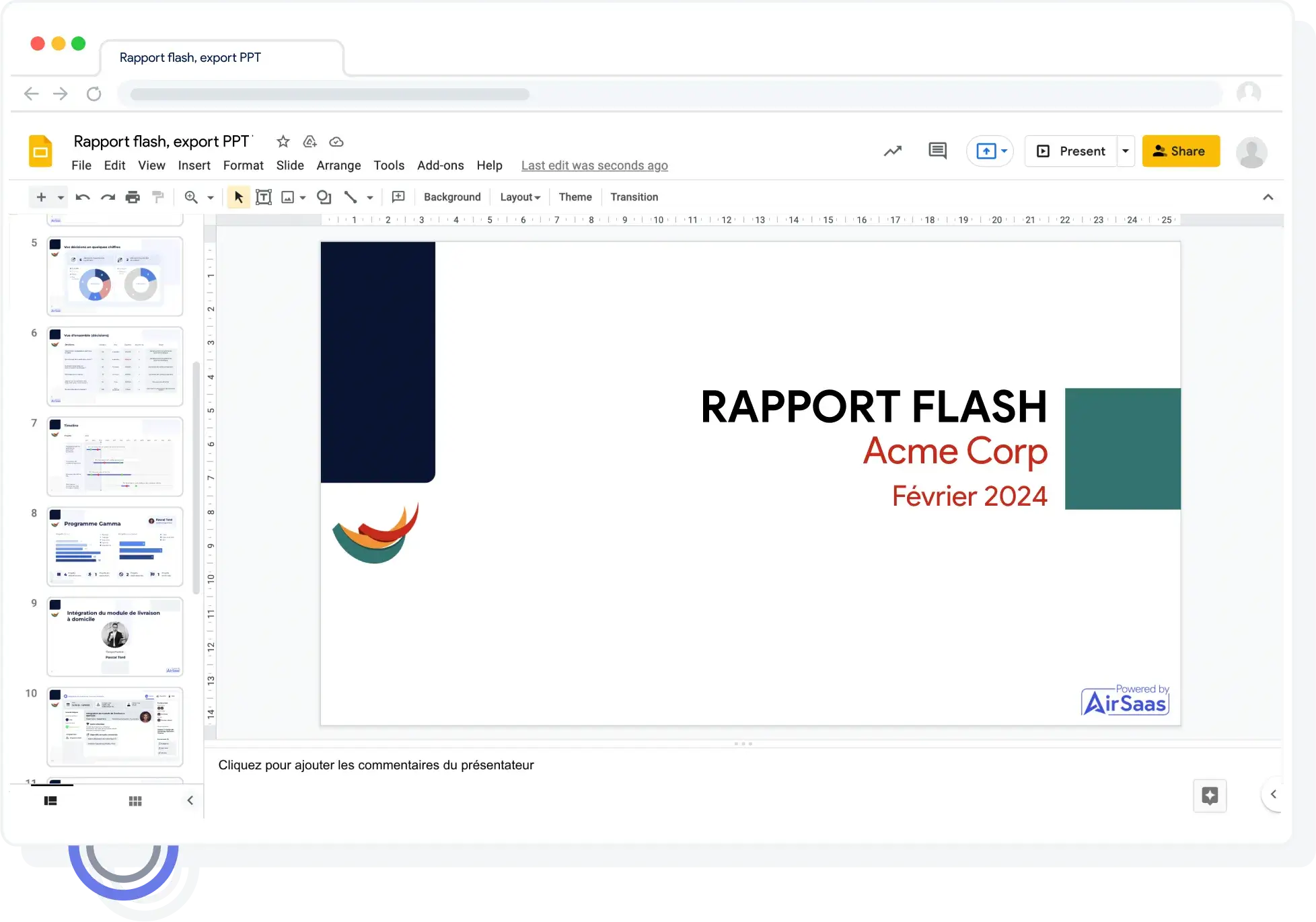Before, CIOs used to focus mainly on technical issues. But today, they are becoming more and more business-oriented: the management of the information system is now considered in a company as an important lever for creating value.
But if you she wants to be in a position to help your company achieve its business goals, the way you manage your IT department must be optimal. And this is where a well-concieved CIO dashboard becomes essential to IT governance.
Indeed, if an organization wants to evolve, it must necessarily give itself the means to evaluate itself. If not, how do you know if it is progressing and achieving its goals?
Thus, a prospective dashboard is the tool that allows you to ensure effective management through short, medium and long term goals. The purpose of your dashboard is to ensure that your goals will be achieved without being hampered by operational or organizational issues.
To summarize, a CIO dashboard allows you to:
- Ensure optimal management of the IT department
- Establish effective internal communication
- Identify trends within the company
- Follow-up over on each of your goals
- Analyze differences between the goals set and those achieved
- Empower each employee by assigning them goals


.webp)











